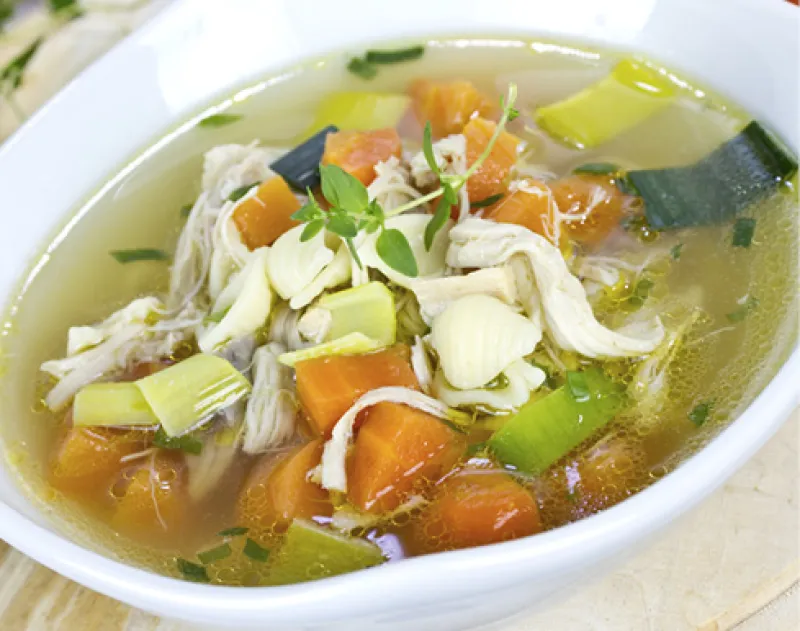Tip 1. Goose is considered a white meat and has a similar taste and texture to pheasant, duck, chicken or turkey, so they can be used interchangeably.
Tip 2: Game meat usually has less fat, which means it tends to be dry. To compensate, use in soups and stews, bake in oven bags, or marinate before cooking as a fillet or stir-fry.
Tip 3. To keep as many juices as possible inside the meat, use tongs instead of a fork when cooking, and let it rest on a covered plate for five minutes before slicing against the grain to keep meat tender.
Tip 4. Handle game birds safely.
• Store raw wild game in the refrigerator below 40 F for up to two days or freeze for longer storage. Properly wrapped game birds can be stored in the freezer for up to six months for best quality.
• Be sure to keep game birds outside the danger zone temperatures of 40 F to 140 F to prevent harmful bacteria growth.
• Don’t cross-contaminate. Keep ready-to-eat foods and raw meat stored in separate locations in the refrigerator.
• Wash your hands and food preparation equipment.
• Refrigerate any leftovers within two hours of cooking and use within three days.
Tip 5. Thaw and freeze game birds safely.
• Thaw frozen meat in the refrigerator in its original wrapping on the lowest shelf.
• For faster thawing, place meat in waterproof wrapping in cold water and change the water as needed to keep the temperature cold.
• Freeze meat in meal-size pieces and packages. Place a double layer of freezer wrap between individual pieces.
• Remove all air from packaging before freezing to maintain quality.
• For more freezing tips, see the “Food Freezing Guide”
(available at www.ndsu.edu/agriculture/extension/publications/food-freezing-guide).
Tip 6. Marinating: Try this moisture-rich marinade to tenderize skinless wild poultry:
Combine in a bowl: 2 cups buttermilk or yogurt (if using Greek yogurt, thin with a little milk), minced garlic or onion, freshly chopped herbs of choice and freshly ground white peppercorns. Marinate in refrigerator two to six hours. Try a splash of ranch |dressing for an extra kick (optional).

